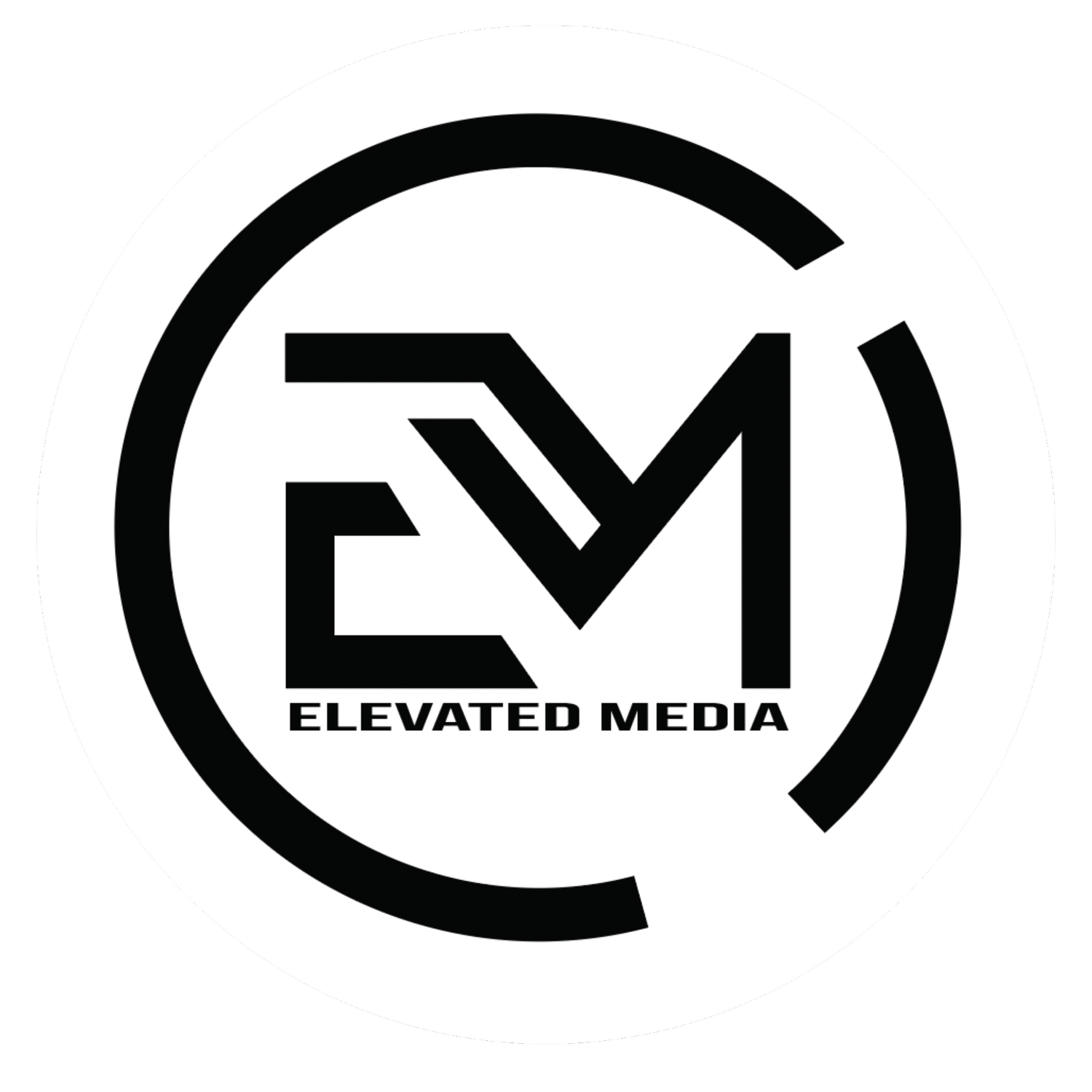The Power of Content Pillars: How to Create Comprehensive Content That Resonates with Your Audience
Welcome to the digital playground! As a marketer, you're always looking for ways to create content that resonates with your target audience and drives engagement. One effective approach to creating content that performs well is through the use of content pillars. In this blog, we'll explain what content pillars are, why they're important, and how to develop an effective pillar content strategy for your website.
What is a Content Pillar?
A content pillar is a broad topic or theme that serves as the foundation for a group of related content. Think of a content pillar as the main topic of a book, and the chapters within the book as the supporting content. Content pillars are designed to be comprehensive and provide a holistic view of a particular topic.
What are Content Pillars and Clusters?
Content clusters are groups of related content that support a content pillar. Each piece of content within a cluster should be focused on a specific aspect of the pillar topic. The goal of content clusters is to provide a deeper dive into the subtopics that support the main pillar.
Why Are Content Pillars Important?
Content pillars are important for several reasons. First, they help you establish your expertise in a particular topic by providing a comprehensive view of it. Second, they improve your search engine rankings by creating a clear structure for your content. Search engines prioritize websites that have a clear hierarchy and organization. Third, they provide a framework for creating and organizing content, making it easier to produce high-quality content consistently.
Key Pillar Content Examples:
Some examples of content pillars include:
"Healthy Living": This could include content about nutrition, exercise, mental health, and wellness.
"Digital Marketing": This could include content about SEO, PPC, social media marketing, and content marketing.
"Personal Finance": This could include content about budgeting, investing, saving, and debt management.
What is a Content Pillar Page?
A content pillar page is a web page that serves as the hub for all the content related to a particular content pillar. The content on this page should provide an overview of the topic and link to all the related content clusters.
How to Create an Effective Content Pillar Page?
To create an effective content pillar page, you should follow these steps:
Choose a comprehensive topic for your content pillar.
Identify the subtopics that support your content pillar.
Create a list of keywords related to your content pillar and subtopics.
Develop a content plan for your pillar page and content clusters.
Write high-quality content that's optimized for your keywords.
Design a visually appealing layout for your pillar page.
How Do You Develop a Pillar Content Strategy for a Website?
Here are the steps that should form the foundation for your content pillar strategy:
Identify your target audience and their pain points.
Choose a comprehensive topic that addresses your audience's pain points.
Conduct keyword research to identify the subtopics that support your content pillar.
Develop a content plan for your pillar page and content clusters.
Create high-quality content that's optimized for your keywords.
Promote your content through social media and other channels.
Analyze your results and adjust your strategy as needed.
Map Out the Structure of Your Pillar Page:
To map out the structure of your pillar page, you should:
Identify the key subtopics related to your content pillar.
Organize your subtopics into a logical hierarchy.
Develop a table of contents for your pillar page.
Write an overview of the content pillar that introduces the subtopics.
Link to all the related content clusters.
Interlink Your Pillar and Cluster Content:
To interlink your pillar and cluster content, you should:
Link from your pillar page to all the related content clusters.
Link from each content cluster back to the pillar page and other related content clusters. This interlinking helps to establish a clear hierarchy and structure for your content, which is beneficial for both users and search engines.
In conclusion, content pillars are an effective way to create high-performing content that resonates with your target audience and drives engagement. By following the steps outlined in this guide, you can develop an effective pillar content strategy for your website that helps establish your expertise, improves your search engine rankings, and provides a framework for consistently creating high-quality content. Remember to choose comprehensive topics, identify subtopics, create content clusters, and interlink your content for the best results.
Author: Nardeep Singh
